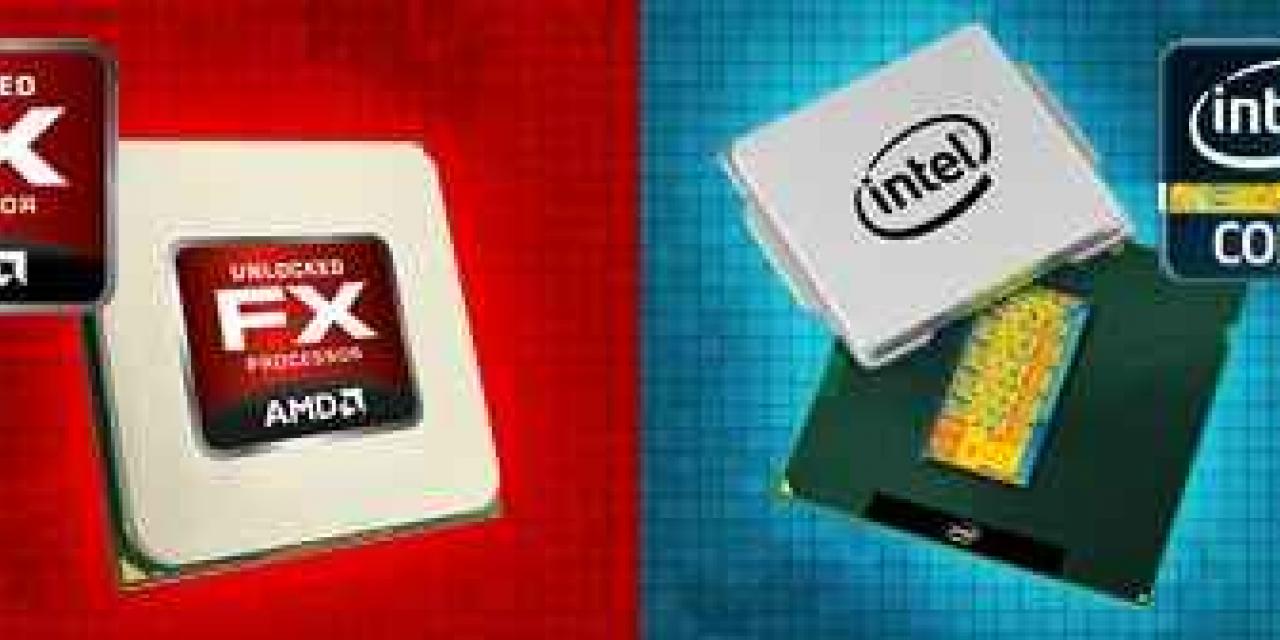
AMD's recently launched eight-core Bulldozer processors didn't live up to pre-launch expectations, as it barely managed to outperform Intel's current offering of quad-core Core i7 CPUs. The likely reason behind, a former AMD engineer revealed, is over-relying on automated design tools that design less efficient chips than human engineers.
According to Cliff A. Maier, an AMD engineer who left the company few years ago, AMD has abandoned the practice of hand-crafting performance-critical parts of its chips shortly after acquiring ATI.
"The management decided there should be such cross-engineering [between AMD and ATI teams within the company], which meant we had to stop hand-crafting our CPU designs and switch to an SoC [System on Chip] design style. This results in giving up a lot of performance, chip area, and efficiency. The reason DEC Alphas were always much faster than anything else is they designed each transistor by hand. Intel and AMD had always done so at least for the critical parts of the chip. That changed before I left - they started to rely on synthesis tools, automatic place and route tools, etc.," he said.
Based on his experience, Maier believes that automated design tools produce designs that are 20% bigger and 20% slower, mainly due to the increase in number of transistors which results in increasing die size, increasing cost and reducing efficiency.
"I had been in charge of our design flow in the years before I left, and I had tested these tools by asking the companies who sold them to design blocks (adders, multipliers, etc.) using their tools. I let them take as long as they wanted. They always came back to me with designs that were 20% bigger, and 20% slower than our hand-crafted designs, and which suffered from electro-migration and other problems," Maier reminisced.
AMD sells its eight-core FX series processors (315mm2 die size) for $245 in 1000-unit quantities, while Intel sells its hand-crafted Core i-series "Sandy Bridge" quad-core chips (216mm2 die size) for $317 in 1000-unit quantities. Both processors employ 32nm transistors so they have comparable prices per mm2 of die, meaning that Intel's CPUs are sold at a much higher profit margin than AMD's.
